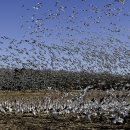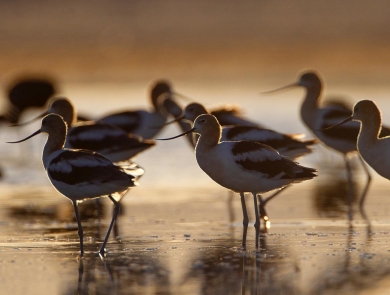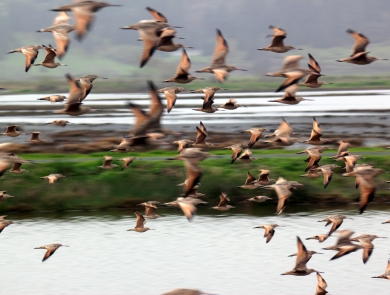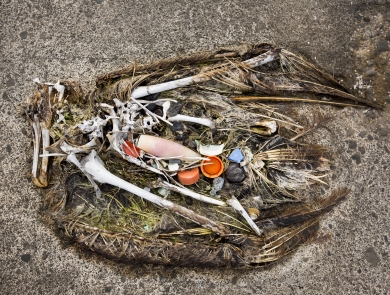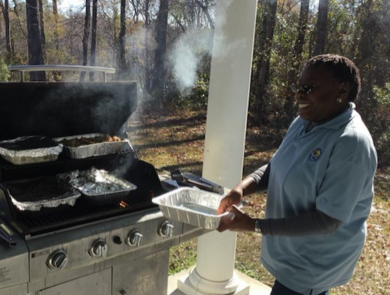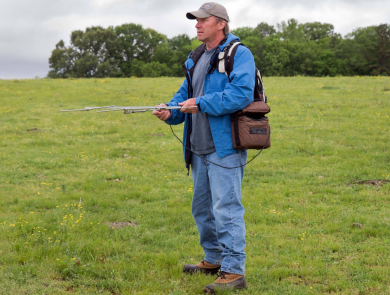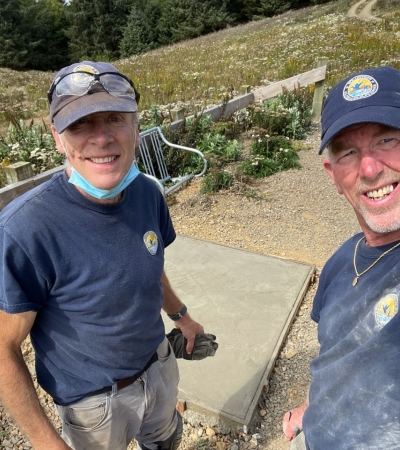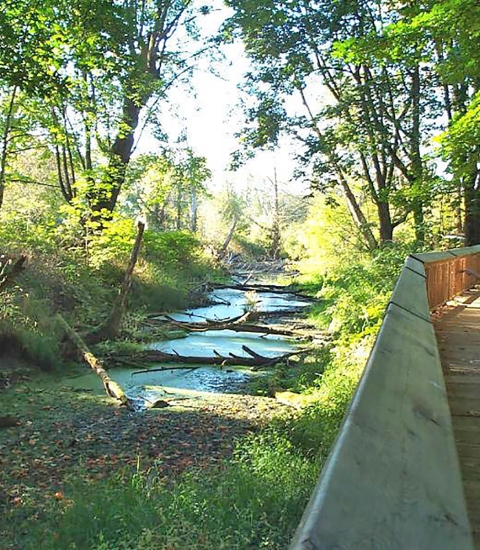Facility
Location
205 South Ludington Drive
Columbia, NC 27925
United States
Volunteer Position Overview
About This Position
Pocosin Lakes National Wildlife Refuge hosts Resident Volunteers year round.
Resident Volunteers staff our Visitor Center and Gift Shop, assist with light maintenance duties, and also are given the opportunity to train for and assist in presenting educational programs to the public. Visitor center duties include: answering phones, greet and direct visitors, retail gift shop sales, selling hunt permits in winter and answering questions about the refuge. Light maintenance may consist of mowing / trimming and assisting with trails/boardwalk maintenance, picking up trash etc. Volunteers interested in presenting educational programs, in addition to these duties, will be trained by the on-site Volunteer and Program Coordinator.
RV sites: Pocosin Lakes National Wildlife Refuge has four RV pads, two are located by beautiful Lake Phelps, in a wooded, farmland area; great for fishing and paddling. This RV site is about 20 miles from Columbia NC, where our visitor center and refuge headquarters are located. This RV site has water, sewage and electric hook ups, (30 and 50 amps) as well as laundry facilities. The refuge is the home of black bears, raptors, and in winter, thousands of migrating birds. A government vehicle is provided for work related travel.
Another RV site location is in the town of Columbia NC at the Red Wolf Health and Education Center located just 2 miles from the visitor center and refuge headquarters. This location also has two RV pads. This RV site has water, sewage and electric hook ups, (30 and 50 amps) but there is no laundry facility on site. A couple must commit to 24 hours of service per week. A single person must commit to 32 hours of service per week. A three month minimum commitment is preferred, but a shorter time is negotiable and we will accept longer if available and the need exists.
Duties/Activities
Stories About Volunteering
Other Ways to Work with Us
Are you looking for something different than a volunteer opportunity? The Fish and Wildlife Service employs around 9,000 people nationwide and offers great internship opportunities every year.
